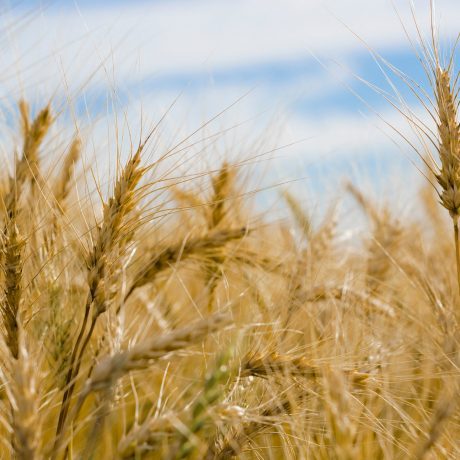How to control yellow rust in wheat without epoxiconazole
Jock Willmott
Mar, 21 2022In an article featured in Farmers Weekly, Jock Willmott comments on the control of yellow rust in wheat without epoxiconazole.
Why Epoxiconazole Is Gone
Epoxiconazole was once the go-to active for cost-effective yellow rust control in winter wheat. After the EU banned it in April 2020, the UK prohibited use and storage from 31 October 2021.
What Growers Use Now To Control Yellow Rust
Growers now rely on remaining azole chemistry, which is pricier than epoxiconazole. Strobilurins and SDHIs also help control rust.
Tebuconazole Takes the Lead
“Tebuconazole will likely hold the fort,” says Jock. It cleans up and protects crops at T0 when rust is present and the disease has a known history.
Check product labels carefully – maximum doses and intervals vary.
Tebuconazole’s future is uncertain, as its extension of use is up for renewal in two years.
Other Options For Yellow Rust
Strobilurins like pyraclostrobin and azoxystrobin work well at T0 and T1. They last longer than azoles but can only be used twice in a programme. A mix of azoxystrobin and tebuconazole could help.
Prothioconazole is another option, but it costs about £43/litre compared to £15/litre for epoxiconazole. It fills the septoria gap but is weaker on rust. A prothioconazole/tebuconazole mix may be better.
Metconazole is available too, but it’s more expensive than tebuconazole at around £15/litre.
Timing Matters
Yellow rust appears early in the season at temperatures below 16°C. Main spray timings are T0 and T1.
From T2 onwards, yellow rust pressure drops. Brown rust starts to appear, especially in the East.
At this stage, SDHIs and new products like Revystar and Univoq can be used, though they don’t match epoxiconazole’s rust control. Solatenol is effective but usually found in costly mixes.
Why Losing Epoxiconazole Hurts
Epoxiconazole didn’t act fast, but it protected crops well and worked effectively in mixes. Most alternatives only hold and protect, not eradicate rust.
Variety Susceptibility To Yellow Rust
Modern wheat varieties are more vulnerable to yellow rust at early growth stages. Resistance improves as crops develop. In slow-growing years, crops stay vulnerable longer.
Stay Vigilant
If rust settles early, spores spread easily and keep pressure high all season. Ensure even spray coverage. Missed spots near trees or headlands can harbour disease and allow rust to spread.





